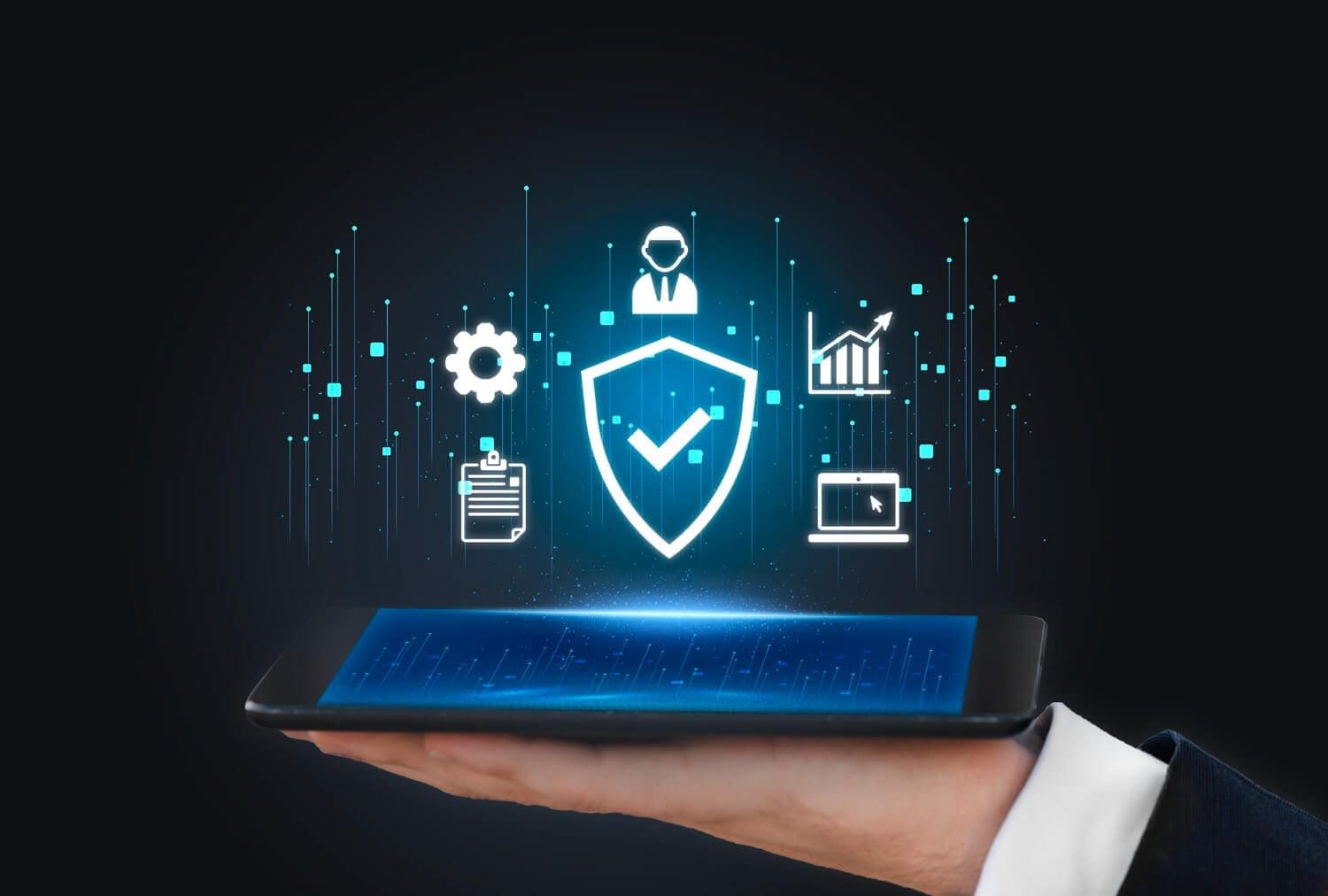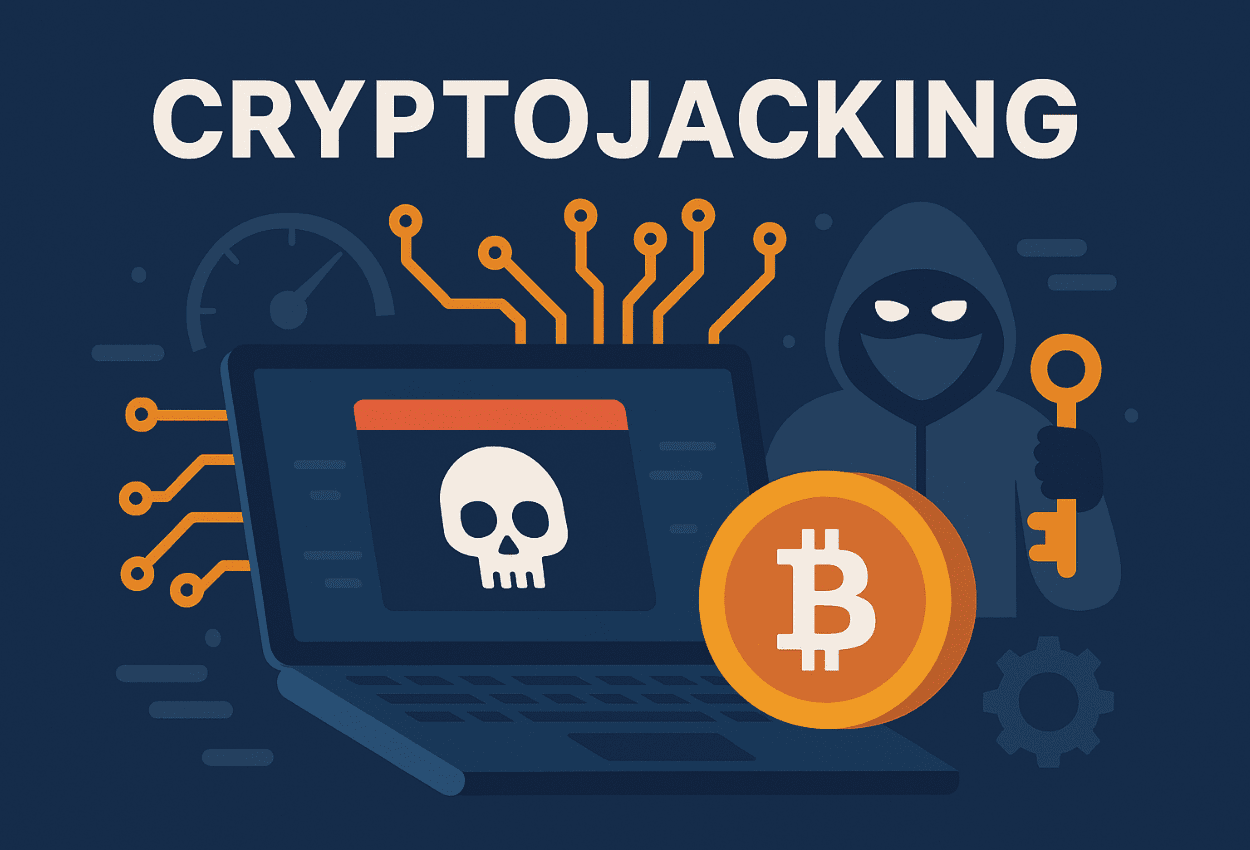In today’s interconnected digital world, the interplay between cybersecurity, IT, and governance is more critical than ever. These three pillars form the foundation of a robust and secure digital infrastructure that can withstand the increasing threats posed by cyber attackers. This article will delve into the intricate relationship between these elements and how they work harmoniously to ensure a secure and efficient IT environment, including what cybersecurity governance in, ITs role in governance and more.

What is Cybersecurity Governance?
Cybersecurity governance refers to the framework and set of practices used by an organization to ensure that its cybersecurity strategies align with its business objectives and risk management approach. It’s a crucial aspect of an organization’s overall governance strategy, involving the establishment of policies, procedures, and oversight processes to protect information and technology assets. Key aspects of cybersecurity governance include:
- Policy Development and Management: Establishing clear cybersecurity policies that define how an organization will protect its digital assets. These policies should be regularly reviewed and updated to reflect the evolving threat landscape.
- Risk Management: Identifying, assessing, and mitigating cybersecurity risks. This involves understanding potential threats and vulnerabilities and taking appropriate steps to reduce risk to an acceptable level.
- Resource Allocation: Allocating the necessary resources, including budget and personnel, to implement and maintain effective cybersecurity measures.
- Compliance and Legal Considerations: Ensuring that the organization’s cybersecurity practices comply with relevant laws, regulations, and industry standards. This includes data protection laws, industry-specific regulations, and international standards.
- Incident Response and Recovery: Developing and maintaining an incident response plan to effectively handle security breaches or attacks, and ensuring business continuity and recovery in the event of an incident.
- Awareness and Training: Promoting cybersecurity awareness among all members of the organization and providing regular training on security best practices and threat awareness.
- Monitoring and Reporting: Continuously monitoring the effectiveness of cybersecurity measures and reporting on security posture to key stakeholders, including senior management and the board of directors.
- Stakeholder Engagement: Involving all relevant stakeholders, including IT, legal, HR, and other departments, in cybersecurity discussions and decisions.
Cybersecurity governance aims to create a secure and resilient environment that supports an organization’s objectives while protecting its information assets from cyber threats. It’s an ongoing process that requires commitment and collaboration across all levels of the organization.
The Role of IT
Information technology (IT) serves as the backbone of an organization’s operations. It encompasses everything from the computer systems and software applications that power daily operations to the data networks that connect employees and customers. IT is what enables businesses to operate efficiently, innovate, and compete in the digital age.
However, the benefits of IT come with risks, including hardware failure, software glitches, and cybersecurity threats. Therefore, it is crucial for organizations to have strategies in place to manage these risks and ensure that their IT systems remain reliable and secure.
The Convergence of IT and Cybersecurity Governance
The convergence of cybersecurity, IT, and governance is where the magic happens. Governance provides the framework for managing IT and cybersecurity effectively. It ensures that cybersecurity strategies are integrated into IT planning and decision-making processes, and that adequate resources are allocated to cybersecurity activities.
Governance plays a crucial role in managing cyber risks. By incorporating risk management into the governance framework, organizations can identify potential threats, assess their impact, and implement appropriate controls to mitigate them.
Similarly, IT governance ensures that cybersecurity measures are not just technical solutions but are integrated into the broader business strategy. This alignment ensures that cybersecurity efforts support business objectives, rather than being a hindrance.
In essence, governance is the glue that binds cybersecurity and IT together. It ensures that these elements work in harmony to protect the organization’s digital assets, support its operations, and drive its strategic objectives.

Understanding IT & Cyber Security Governance Frameworks
As you can see, the relationship between cybersecurity, IT, and governance is a symbiotic one. Each element plays a vital role in ensuring the security and efficiency of an organization’s digital infrastructure. However, it is through governance that these elements come together to form a cohesive whole.
By understanding this relationship, organizations can develop more effective strategies for managing their IT and cybersecurity efforts. They can create a secure and resilient IT environment that not only protects their digital assets but also supports their business objectives.
Let’s Secure Your Future Together
In the face of ever-evolving cyber threats, effective governance is your best defense. That’s why we’re extending an invitation to schedule a free security and risk assessment with us. This assessment is more than just a technical evaluation; it’s an opportunity to align your cybersecurity measures with your business goals under the umbrella of solid governance.
Our team of experts will work closely with you to understand your operations, evaluate your IT infrastructure, identify potential vulnerabilities, and develop a comprehensive governance strategy. This strategy will not only protect your digital assets but also ensure that your IT and cybersecurity efforts support your business objectives.
Don’t leave your organization’s security to chance – schedule your free security and risk assessment with us today and let us help you build a resilient, secure, and governance-focused future.

 Tom Kirkham brings more than three decades of software design, network administration, and cybersecurity knowledge to organizations around the country. During his career, Tom has received multiple software design awards and founded other acclaimed technology businesses.
Tom Kirkham brings more than three decades of software design, network administration, and cybersecurity knowledge to organizations around the country. During his career, Tom has received multiple software design awards and founded other acclaimed technology businesses.
